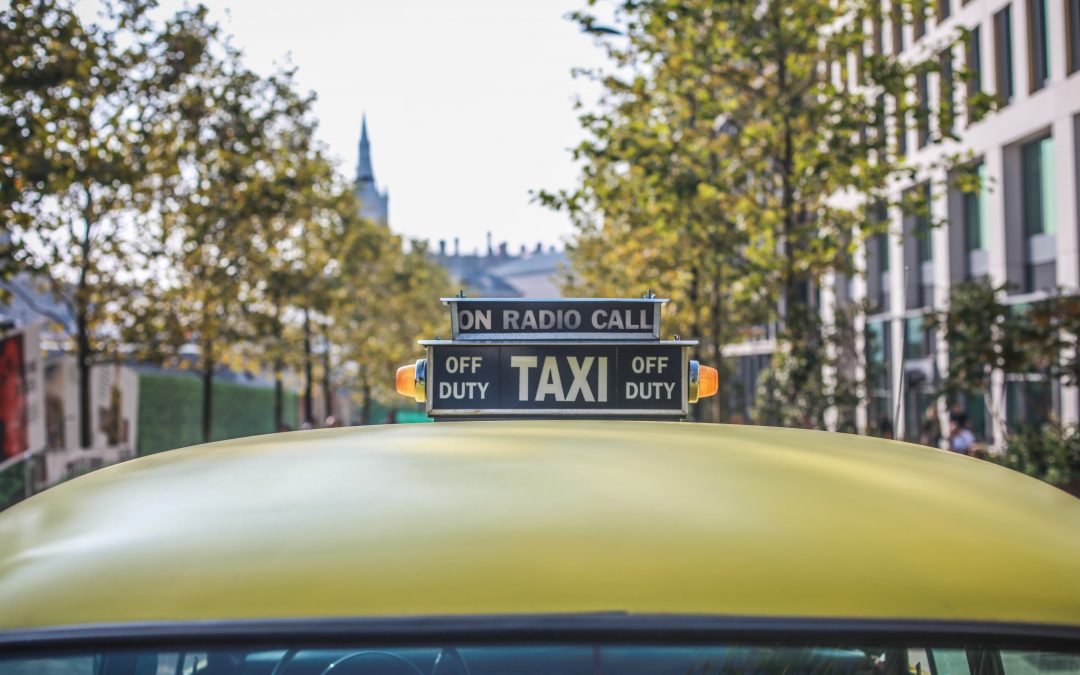The concept of ride-sharing, exemplified by popular services Uber, Lyft and their corresponding apps, is still a fairly fresh transportation trend. Unlike regular planes, trains, and automobiles, ride-sharing apps constitute startup business models that have the potential to disrupt entire transport ecosystems—especially in regards to the already robust taxi fleets in major cities like New York.
Will taxi fleets be a thing of the past, lost by the wayside like horse-drawn carriages? New research out of the Massachusetts Institute of Technology suggests that, if passengers get on board with the car-pooling elements of ride-sharing services, New York City’s transportation network could be supported with just a quarter of its current 14,000 yellow cabs. As few as 3,000 vehicles, researchers say, could service the entire metropolis.
Because the remaining vehicles could be Ubers, Lyfts, Junos, Vias, Getts, or other black car with an app attached, New York City could in theory pull a whopping 85% of its yellow cabs and still service 98% of commuter demand. This would come with huge consequences, both good and bad. As an obvious negative, thousands upon thousands of drivers would lose their jobs. As a positive, congestion could clear up significantly along with pollution.
Of course, these predictions are still largely speculative. They operate on the assumption, first of all, that commuters would be willing to use ride-sharing apps and, importantly, share their cars with other people. Since many people choose cabs to avoid sharing space with strangers, this assumption may be a stretch.
Researchers also factored the rise of autonomous vehicles into the equation. Their algorithms suit autonomous vehicles best, as this technology would in practice plan routes most efficiently. The whole point is that less traffic, smarter vehicles, and ride-sharing would make cab-hailing (and even driving) unnecessary. Without autonomous vehicles, you still get traffic and accidents, meaning more drag-time on the road.
It’s true nonetheless that autonomous technology is progressing rapidly, with investments in the field growing too. But the fact remains that most Americans are simply not interested in autonomous vehicles, and cite a lack of trust as a big reason.
But assume that autonomous cars do catch on in a big way. PBS speculates that this would simply lead to more congestion and emissions, as people would choose go about their professional or personal activities enroute. If people are willing to work, eat, and sleep on the road, this is certainly a possibility. So the question becomes, are New Yorkers more likely to get comfortable in a driverless car for a grueling but hands-free commute, or rub up against strangers for a fast one?
Whatever the case, New York City’s taxi drivers appear to be bracing themselves for change, whatever magnitude it may be and however soon. Though researchers claim that limiting fleet number would be an improvement—the same amount of money for shorter shifts—not everyone is convinced.
The shift is well underway, and taxi drivers are feeling it. According to the New York Times, taxi medallions are going for half of the $1.3 million recorded just three years ago, and the average number of daily taxi trips has been reduced by 100,000 in comparison to six years ago. As more people grow comfortable using apps to catch rides, the decline of yellow cabs isn’t just inevitable. It’s already happening.
In a way, the vanishing of taxis, if and when the time comes, will be the end of an era. Yellow cabs have become synonymous with New York life: a quintessential flash of color in a sometimes gloomy cityscape. It’s hard to imagine the city without them. But nostalgia can’t erase the fact that ride-sharing is cheaper, easier, and more efficient than sticking your hand into the street and hoping to catch a car at random.
If taxis become obsolete, is transport system run by ride-sharing startups ideal? Judging by the recent backlash against the Uber, perhaps not. Ride-sharing companies, still only about decade old, have a lot of kinks to work out in order to prove that they are in the drivers’, employees’ and customers’ best interest. Given the fierce competition, we’ll likely see adjustments in the market to meet the demands and preferences of the public. If the result is black instead of yellow, so be it.

